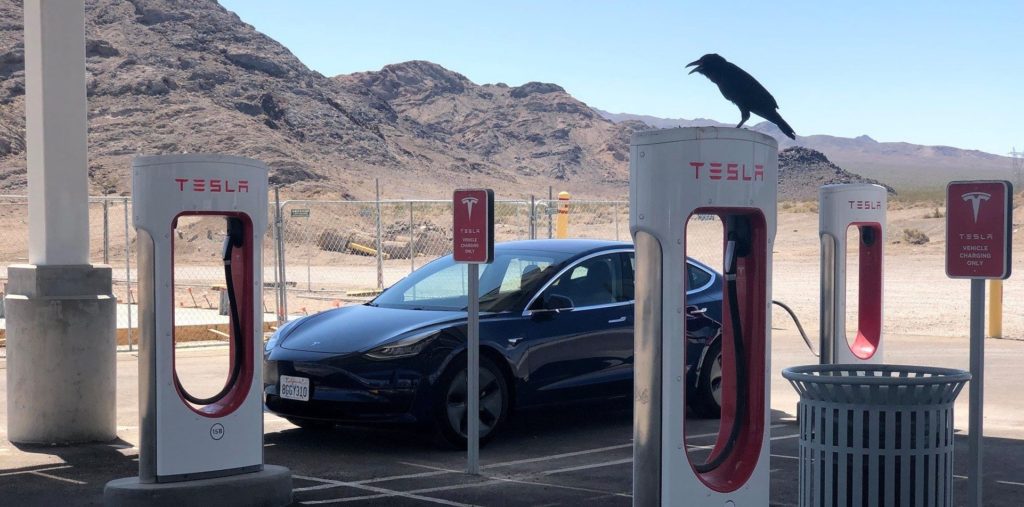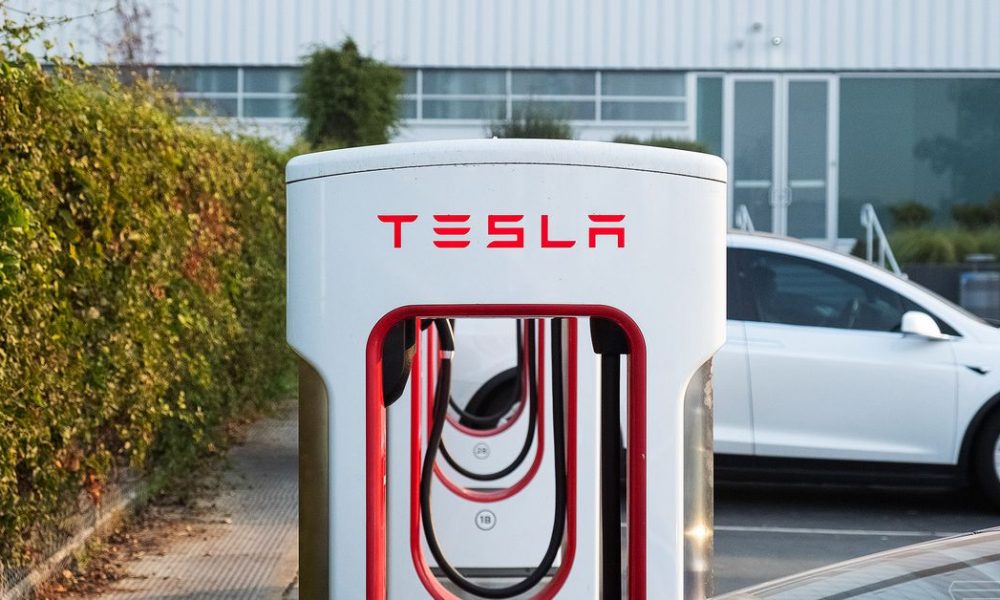Elon Musk has confirmed that the initial slowness in the deployment of the V3 Superchargers, capable of charging the Model 3 and Model Y at 250 kW of DC power, was due to several production problems. However, now the rate of manufacture of this type of charging point has increased, and with it, its expansion throughout the world.
For a time, Tesla has been building new stations equipped with the second generation of its charging points (Superchargers V2) instead of the third (Superchargers V3). However, the “acceleration” of the production rate of the latter will allow the situation to be reversed. In fact, Musk has confirmed the opening of numerous new stations “soon”.

Tesla currently has 93 new stations under construction, to which should be added more than 120 in the permitting phase. Taking into account that on average there are 8.8 charging points per station, this would mean adding a total of 2,000 charging points to the company’s vast global network. A network that has made it one of its central claims against the competition. It allows you to travel through numerous regions without worries.
V3 Superchargers allow a higher charge rate to be achieved than their predecessors, thanks to a new liquid-cooled charging cable. This cable is lighter, more flexible, and more efficient than the air-cooled cables that we could find in the V2 Superchargers (liquid cooling is of vital importance to achieving the maximum possible efficiency when charging at such high powers).
Tesla estimates that the Model 3 Long Range can recover about 120 km in just 5 minutes thanks to the V3 Superchargers, charging at a top speed of about 1,600 km per hour. This allows the vehicle to be charged to 80% (about 400 km) in just 27 minutes, a very competitive figure that today is only surpassed by models such as the expensive Porsche Taycan.
We slowed down a bit to allow Supercharger V3 production to get going, but now will speed up!
— Elon Musk (@elonmusk) May 29, 2020
It is interesting to remember that Tesla vehicles have had a function called “On-Route Battery Warmup” for some time. This allows the pack to be intelligently heated from a route previously entered in the browser so that when we reach a station, its temperature is optimal resulting in a reduction in charging time of 25%.

